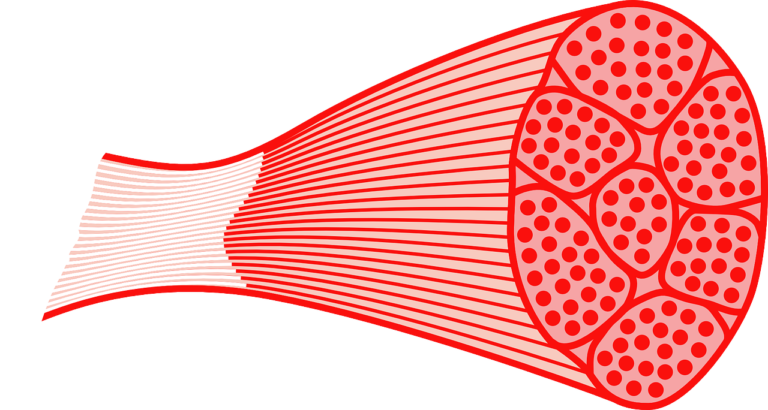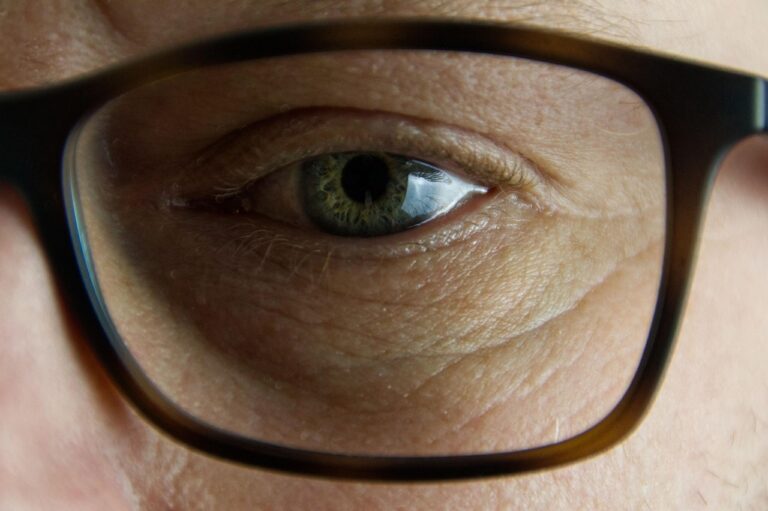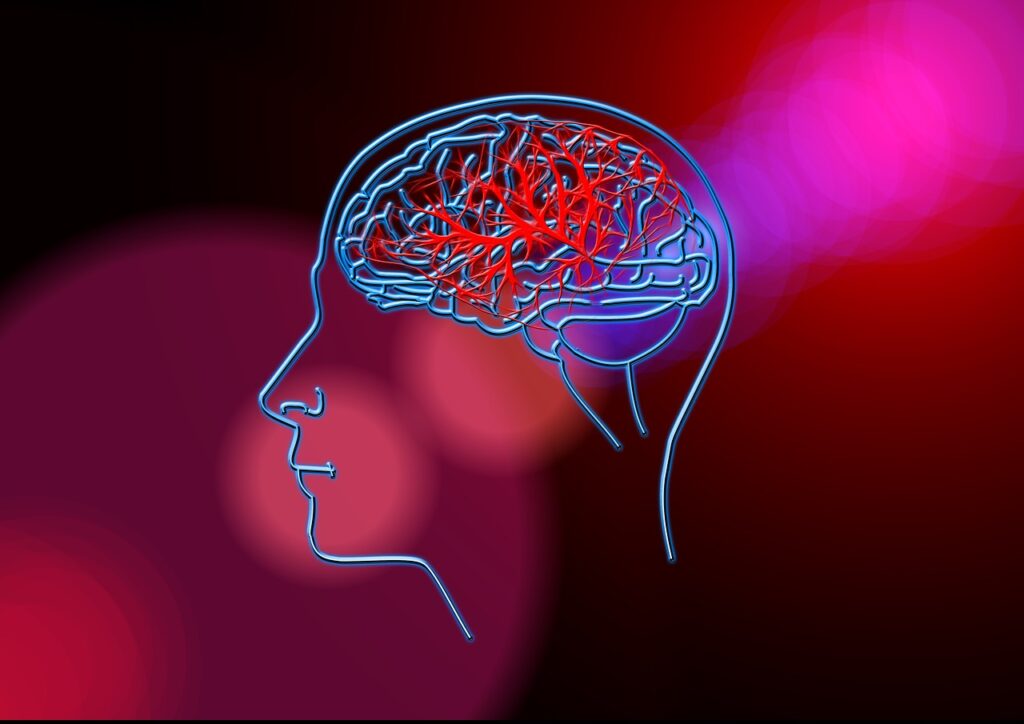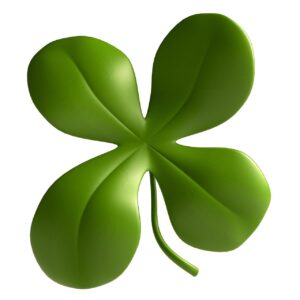Matching Signs to Differentials: MRCP PACES Cheatsheet (Neurology)
I did cheat sheets for all the possible constellation of signs I could think that may come up during a PACES exam. I mentioned in my PACES Exam Guide Series (Part 1) that best advise I received at the time I was revising was that “You don’t have time to think during the exam, So have your differentials ready at the tip of your tongue.” So I invested a fair bit of time doing pattern recognition – if “these” signs turn up the differentials are likely to be “this list”. And have this ready. So when you get a unilateral pure motor neurone patterns of weakness in the real deal, you have in impressive list ready to blurt out to the examiner. You sound more organised, systematic, confident if you have this but of knowledge under your belt so you focus your energy in PACES on how you come across rather than remembering what diagnoses can be at play here. And it worked – I attribute so much of my PACES Success where I scored 168/172 on the first attempt to this. So, thank you Registrar!
I have written out the cheatsheet I made for Neurology that got me through the exam!
Involuntary movements
Choreiform movements
- Huntington’s Disease
- Drug-induced (anti-convulsant)
- Wilson’s Disease
- St Vitus’s dance/ rheumatic fever
- Hereditary: AD spinocerebellar ataxias
- Others: Polycythaemia Rubra vera/ Cerebral Infarctions/ Vasculitides/ Prion disease
Tremor
- Parkinson’s Disease
- Benign Essential Tremor
- Cerebellar/Intention Tremor
- Drug Induced tremor (inhaled Beta agonists, ciclosporin, tacrolimus, sodium valproate)
Dystonia
- Drugs (Neuroleptics, tricyclics and metoclopramide)
- Primary Genetic Syndrome
- Brain lesion (trauma, tumours, stroke)
- Association with neurological deficit (Parkinson’s, Wilson’s, cerebral palsy (CP))
Hemiballismus
- usually related to vascular lesion of subthalamic nucleus
Athetosis
Basal ganglia disorders
- Wilson’s/Huntington
- Drug toxicity (those which increase dopamine)
- Stroke
- Birth (difficult birth, CP, neonatal jaundice)
Pseudoathetosis: occurs only with eyes closed due to sensory neuropathy
Peripheral Neuropathies
Pure Motor Neuropathy
Bilateral
- Critical illness neuropathy or myoneuropathy – look for the tracheostomy scar in the neck!
- Lead/heavy metal toxicity
- Motor component of Hereditary Sensory Neuropathy (HSMN)
- Motor component of MND (progressive spinal atrophy/Kennedy’s Disease)
- HIV/Syphilis – causes all sort of thing so safe to throw it in!
Unilateral
- Polio
- West Nile Virus
- MND (monomelic amyotrophy variant)
- Diabetic amyotrophy/Lumbarsacral plexopathy
- HIV/Syphili
Sensory Peripheral Stuff!
Sensorimotor Peripheral Neuropathy
- Alcohol
- B12 deficiency
- Chronic failures – kidney, hepatic, thyroid
- Diabetes and drugs (anti-tuberculous: isoniazid, chemo: vincristine/ cisplatin, Abx: nitrofurantoin, anticonvulsants: phenytoin
- Every vasculitis
- Infections: HIV/leprosy and HSMN
Pure Sensory Peripheral neuropathy
- Paraneoplastic
- Sjogren’s
- Freidrich’s ataxia
- Drug: chemotherapy
If the neuro sign patterns are not making sense …
Mononeuritis Multiplex
- Primary: Wegeners, Chug Strauss, PAN, microscopic polyangitisi
- Secondary: RhA, SLE, Hep B/C, cryoglobulinamias, Sjogrens. Sarcoid, diabetes
Asymmetrical neurological findings/lesions in diabetes
- Consider co-existent peripheral vascular disease (PVD)
- Diabetic amyotrophy (lumbosacral plexopathy)
- Mononeuritis Multiplex
Myopathies
Proximal Myopathy
- Endocrine disorders: Cushing’s, Hypothyroidism, Acromegaly
- Polymyositis
- Statin induced myopathy
- Becker/sDuchennes
- Limb Girdle Musculodystrophy
Distal Myopathy
- Myotonic dystrophy
- Inclusion body myositis (disease of finger flexors – tear shaped pincer grip)
- Overlap with disorders of the peripheral nervous system
Face
- Mytonoic dystrophy
- Facioscapulohumeral dystrophy
- Oculopharyngeal dystrophy
- Myopathy due to grave’s disease

Eye Disorders
Ptosis
- IIIrd nerve palsy
- Horner’s Syndrome
- Myasthenia Gravis
- Myotonic Dystophy
- Oculopharyngeal muscular dystrophy (OPMD)
- Chronic progressive external ophthalmoplegia
- Senile/congenital ptosis
Ophthalmoplegia
- Muscle/neuromuscular junction (MG, myopathies)
- Nerves (IIIrd, IV, VI, mononeuritis multiplex, Cavernous sinus lesion, miller fisher syndrome)
- Brainstem lesion: INO
Nystagmus
- Cerebellar lesion: upbeat or gaze-evoked, in the direction of gaze
- Brainstem lesion: Downbeat (cranio cervical junction/Arnold chiari malformation, syringobulbia)
- Vestibular lesions: beat away from side of lesion
- Optic Chiasmal lesion
- Congenital Nystagmus

Neurology Diseases/Syndromes
Cerebellar Dysfuncrion: Causes
I adapted the acronyms “PASTRIES” mentioned in the book Cases for PACES
- Paraneoplastic: associated with small cell lung cancer, gynae, testicular
- Alcoholic degeneration and deficiencies (B12, copper, Vit E)
- Sclerosis: MS
- Tumours: Posterior Cranial fossa SOL lesions
- Rare/Genetic: Friedrich’s ataxia, spinocerebellar ataxia
- Iatrogenic: phenytoin, carbamazepine
- Endocrine: hypothyroidism
- Stroke: brainstem vascular event
MS mimics
- Vasculitides/Autoimmune: SLE, Sjogren’s, Sarcoid, NMO
- Vascular: recurrent TIA/stoke, anti-phospholipid syndrome, CADASIL
- Metabolic: B12 deficiency
- Infection: PML, Lyme, HiV encephalitis, Syphilis
- Mitochondrial: MELAS
Stroke
Differentials for stroke
- SOL (cerebral tumour, abscess, parasitic: neurocysterosis)
- Metabolic: Hypoglycaemia
- Migraine
- Todd’s Paresis
- Viral encephalitis
- Neuroinflammatory: MS,. Neurosarcoidosis, Behcets
- Functional Hemiparesis
Causes of Ischaemic Stroke
- Cardiac: AF, Valvular heart disease, IE, Cardiac Surgery, MI, PFO
- Pathology of arterial tree: Atherosclerosis, dissection, vasculitides incl GCA
- Haematological causes: Sickle Cell, Polycythaemia/Thrombocythaemia, TTP, thrombophilia, antiphospholipid syndrome, DIC, malignancy
- Non-atherosclerotic vasculopathies: Drug (heroin and cocaine), MELAS, CADASIL, fibromuscular dysplasia, Infection: syhilys.malaria
Complications of stroke
- Acute: raised ICP + herniation, haemorrhagic transformations, aspiration and pneumonia
- Complications due to immobility: DVTs, pressure sores, disuse atrophy, constipation

Speech Disturbance
Dysarthria
Pseudobulbar (UMN) Palsy
- Bilateral Internal capsule infarcts/small vessel disease
- Demyelination
- MND
- Traumatic brain injury
- Neurosyphilis
Bulbar (LMN) Palsy
- Myasthenia gravis
- Guillan barre
- MND
- Brainstem tumour or Brainstem infarction damaging bulbar nuclei/fascicles
- Poliomyelitis
- Syringobulbia
Dysphasia
- Lesion to Broca’s (expressice), Wernicke’s (receptive) or arcuate fasciculus (conducrion aphasia)
- MCA stroke
- SOL (abscess, tumour)
- Neurodegenerative disorders (Alzheimer’s, frontotemporal)

Be Sure to check out my PACES Exam Series for more tips, resources and advise:
This cheat sheet is very comprehensive to cover all the bullet point to pass MRCP PACES with flying colour.
This is the quick revision sheet to help for those preparing for the exam!